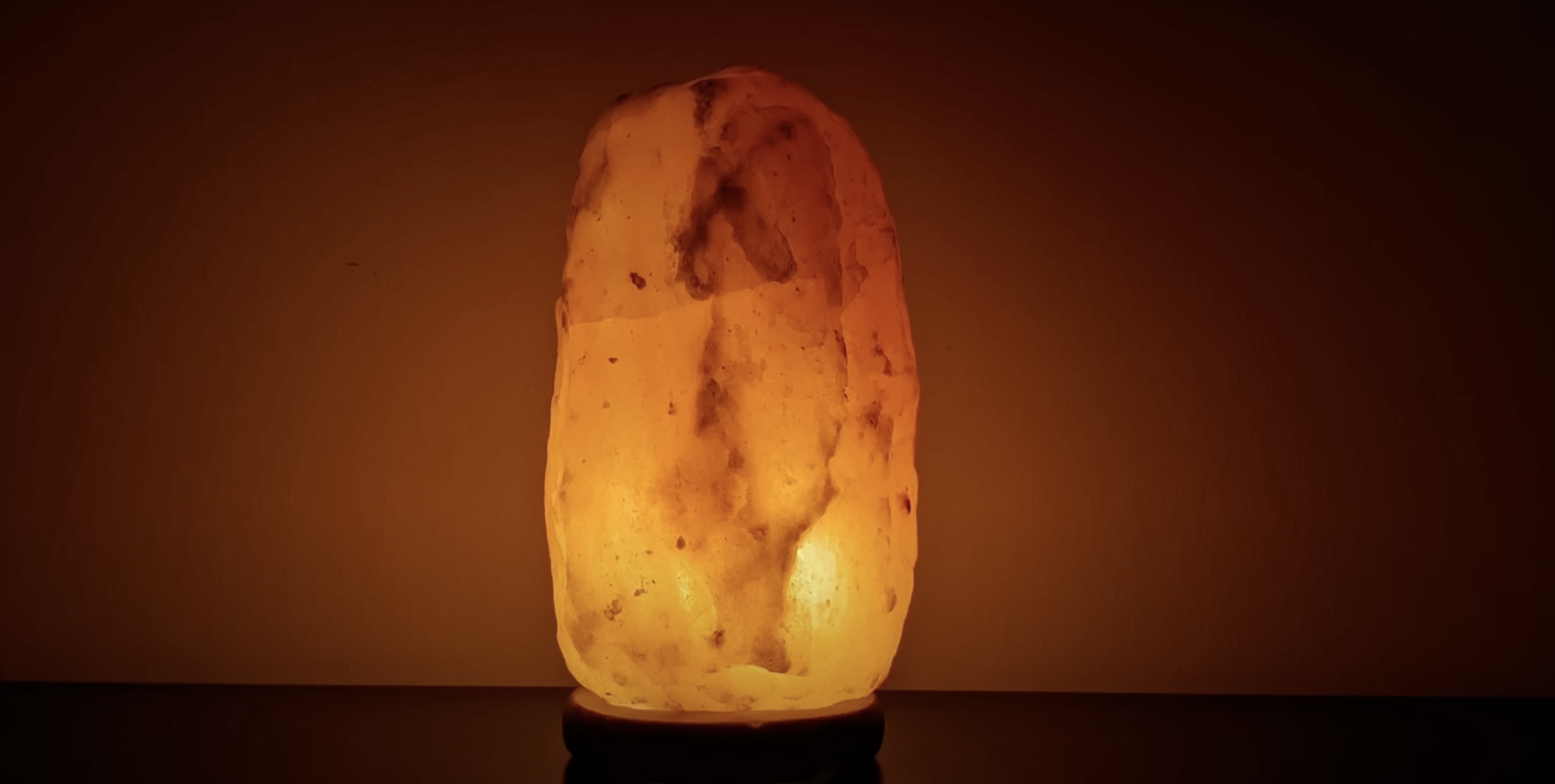

Furniture
Why Is My Salt Lamp Melting?
Modified: April 22, 2024
Discover the reasons behind your salt lamp melting and learn how to prevent it. Ensure the longevity of your furniture with our expert tips.
(Many of the links in this article redirect to a specific reviewed product. Your purchase of these products through affiliate links helps to generate commission for Storables.com, at no extra cost. Learn more)
Introduction
So, you’ve noticed that your salt lamp is starting to melt? Don’t panic! While it may be an alarming sight, there are several reasons why this could be happening. In this article, we will explore why salt lamps can melt and what you can do to prevent it.
First, let’s take a step back and understand what exactly a salt lamp is. A salt lamp is a decorative piece made from a solid block of salt, typically sourced from Himalayan pink salt mines. These lamps are known not only for their aesthetic appeal but also for their potential health benefits. The heat generated by the light bulb inside the lamp helps to release negative ions into the air, which can improve indoor air quality and promote a sense of well-being.
Now, let’s dive into the melting point of salt. Salt, in its pure form, has a melting point of 801 degrees Celsius (1474 degrees Fahrenheit). However, the salt used in salt lamps is not pure, but rather contains impurities and trace minerals that lower its melting point. As a result, salt lamps can begin to melt and even drip under certain conditions.
Key Takeaways:
- Salt lamps can melt due to high humidity, excessive heat, poor quality salt, or using an incorrect wattage bulb. To prevent melting, control humidity, avoid direct heat, choose high-quality salt, and use the right bulb wattage.
- Regular use, proper cleaning, and storage in a dry area can help maintain a salt lamp’s integrity. By following preventative measures, you can enjoy the beauty and potential benefits of salt lamps for years.
Read more: Why Is My Salt Lamp Not Working
What is a salt lamp?
A salt lamp is a unique and captivating decorative piece that is created by hollowing out a solid block of salt and placing a light bulb inside. These lamps are often made from Himalayan pink salt, which is renowned for its distinctive pink hue and rich mineral content. When lit, the bulb inside the salt lamp emits a warm and soothing glow, creating a serene and cozy ambiance in any space.
But salt lamps are more than just aesthetic additions to your home; they also offer potential health benefits. One of the key advantages of a salt lamp is its ability to release negative ions into the surrounding air. Negative ions are charged particles that are believed to contribute to overall well-being by purifying and ionizing the air we breathe.
The release of negative ions from a salt lamp is attributed to the hygroscopic properties of salt. Hygroscopy is the ability of a substance to attract and retain moisture from the air. As the salt lamp heats up due to the light bulb inside, it attracts moisture from the surrounding environment. This moisture then evaporates, and in the process, negative ions are released into the air.
It is believed that the negative ions produced by salt lamps can have a range of positive effects on our well-being. These ions are thought to neutralize the positive ions produced by electronic devices and air pollutants, reducing the impact of electromagnetic radiation and improving air quality. Many people claim that salt lamps can help reduce symptoms of allergies, asthma, and other respiratory conditions, as well as promote relaxation, better sleep, and overall mood improvement.
It’s important to note that while salt lamps have gained popularity for their potential health benefits, scientific research in this area is limited, and the evidence supporting these claims is anecdotal. However, many people find the warm glow and calming ambiance of salt lamps to be a valuable addition to their living spaces, regardless of the potential health benefits.
The melting point of salt
Understanding the melting point of salt is crucial when trying to comprehend why salt lamps can melt. While salt lamps are made from salt, they are not purely composed of sodium chloride (table salt). Instead, they contain impurities and trace minerals that lower the melting point of the salt.
In its pure form, sodium chloride has a melting point of 801 degrees Celsius (1474 degrees Fahrenheit). However, the salt used in salt lamps has impurities such as calcium, magnesium, potassium, and iron, which can significantly decrease the melting point. This composition variation means that the salt in salt lamps begins to melt at a much lower temperature.
The lower melting point of the salt used in salt lamps is due to the concept of eutectic melting. This phenomenon occurs when different minerals melt together and form a lower-melting-point mixture. The impurities and trace minerals found in the salt used for salt lamps create this eutectic mixture, reducing the overall melting point.
As a result, when a salt lamp is exposed to heat, such as from the light bulb inside, the temperature can reach a point where the salt starts to melt. This melting can cause the salt lamp to change shape, drip, or even form puddles, which is why you may see a melted appearance.
Although the melting point of the salt in salt lamps is lower than pure sodium chloride, it is important to note that it still requires a considerable amount of heat to cause melting. Under normal circumstances, a properly functioning salt lamp should not reach temperatures high enough to cause melting. However, certain factors can contribute to an elevation in temperature, leading to the melting of the salt lamp.
Factors that can cause a salt lamp to melt
While salt lamps are designed to withstand moderate heat, there are several factors that can contribute to their melting. Understanding these factors can help you take the necessary precautions to prevent your salt lamp from melting. Here are some common culprits:
1. High humidity: Salt is hygroscopic, meaning it attracts and absorbs moisture from the air. If the humidity level in your home is consistently high, the salt in your lamp can absorb excess moisture, leading to a higher likelihood of melting. This is especially true if your lamp is not regularly lit, as the heat from the bulb helps to dry out the salt. To prevent melting due to high humidity, consider using a dehumidifier in the room or placing your salt lamp in a drier area.
2. Excessive heat: While salt lamps can withstand moderate heat, subjecting them to excessive heat can cause them to melt. This can occur if you place your salt lamp too close to a high-heat source like a fireplace, heater, or direct sunlight for extended periods. The intense heat can cause the salt to liquefy and change shape. To avoid this, ensure that you place your salt lamp in a well-ventilated area and keep it away from direct sources of heat.
3. Poor quality salt: Not all salt lamps are created equal. Some low-quality salt lamps may contain a higher ratio of impurities, which can lower the melting point of the salt. This means that even under normal conditions, these lamps may be more prone to melting. When purchasing a salt lamp, make sure to choose one made from high-quality salt to minimize the risk of melting.
4. Incorrect wattage of the bulb: The heat emitted by the light bulb inside the salt lamp plays a crucial role in its functionality. Using a bulb with a wattage that is too high can generate excess heat and cause the salt lamp to melt. It is recommended to use a bulb with a wattage specified by the manufacturer to ensure that the lamp functions properly and does not overheat.
By understanding these factors, you can take the necessary precautions to prevent your salt lamp from melting. Regularly monitoring the humidity levels in your home, keeping your lamp away from excessive heat sources, choosing a high-quality salt lamp, and using the correct wattage bulb will help maintain the integrity of your salt lamp and prolong its lifespan.
High humidity
High humidity is one of the primary factors that can contribute to the melting of a salt lamp. The hygroscopic nature of salt makes it prone to attracting and absorbing moisture from the surrounding environment. When the humidity level indoors is consistently high, the salt in the lamp can absorb excess moisture, leading to the possibility of melting.
When a salt lamp absorbs moisture from the air, the water molecules mix with the salt particles. This combination creates a brine solution that has a lower melting point than the original salt. As a result, when the lamp is exposed to heat from the light bulb, the mixture of salt and water can reach its melting point and cause the lamp to melt.
To prevent your salt lamp from melting due to high humidity, there are a few steps you can take:
- Monitor the humidity levels: Use a hygrometer to measure the humidity levels in your home. Ideal indoor humidity ranges from 30% to 50%. If your home consistently has higher humidity levels, consider using a dehumidifier to reduce the moisture in the air.
- Use your salt lamp regularly: The heat generated by the light bulb inside the lamp helps to dry out the salt and prevent excessive moisture absorption. Making sure to turn on your salt lamp for a few hours each day can help maintain the balance between the salt and the moisture in the lamp.
- Choose the right location: Place your salt lamp in a drier area of your home, away from areas where moisture tends to accumulate, such as bathrooms and kitchens. Additionally, avoid placing the lamp near open windows or vents where humid air can easily enter.
- Clean and dry your salt lamp: Regularly clean the surface of your salt lamp with a dry cloth to remove any accumulated moisture. If you notice any dampness or signs of melting, allow the lamp to dry completely before using it again.
By being mindful of the humidity levels in your home and taking steps to control moisture, you can minimize the risk of your salt lamp melting. Remember, regular use and proper maintenance are key to ensuring the longevity and enjoyment of your salt lamp.
Salt lamps can melt if exposed to high humidity or moisture. To prevent melting, place your salt lamp in a dry area and use a low-wattage bulb to reduce heat.
Read more: Why Does My Salt Lamp Sweat
Excessive heat
Excessive heat is another factor that can lead to the melting of a salt lamp. While salt lamps are designed to withstand moderate levels of heat, subjecting them to high temperatures can cause the salt to melt and change shape. Here are some scenarios in which excessive heat can become a problem:
1. Close proximity to heat sources: Placing a salt lamp too close to a direct heat source, such as a fireplace, heater, or radiator, can expose it to intense heat. Over time, this continuous exposure can cause the salt lamp to reach temperatures beyond what it can tolerate, resulting in melting. It is important to keep your salt lamp at a safe distance from such heat sources to prevent overheating.
2. Exposure to direct sunlight: Salt lamps are meant to be used indoors, away from direct sunlight. Prolonged exposure to sunlight can raise the temperature of the lamp, especially if it is placed near a window or in a sunlit room. The combination of sunlight and the heat generated by the bulb inside the lamp can contribute to the melting of the salt. To avoid this, keep your salt lamp in a shaded area or use a lampshade to diffuse the sunlight.
3. Continuous operation without breaks: While it is safe to leave your salt lamp on for extended periods, it is recommended to give it occasional breaks to cool down. Continuous operation for days or weeks without any rest can cause the lamp to become excessively hot and increase the risk of melting. Consider turning off the lamp for a few hours each day to allow it to cool down and prevent overheating.
4. Overheating due to a malfunctioning bulb: Using a bulb with wattage higher than recommended by the manufacturer can generate excess heat inside the lamp. This can lead to the salt melting and the lamp deforming. Always use the wattage specified for your salt lamp to ensure the bulb produces the appropriate amount of heat without causing overheating.
To prevent your salt lamp from melting due to excessive heat, follow these guidelines:
- Place your salt lamp in a well-ventilated area, away from direct heat sources.
- Avoid exposing your lamp to direct sunlight for prolonged periods.
- Give your salt lamp periodic breaks to cool down, especially if it has been continuously operating.
- Use the correct wattage bulb as recommended by the manufacturer.
By taking these precautions, you can ensure that your salt lamp remains safe and intact, allowing you to enjoy its beauty and potential benefits for a long time.
Poor quality salt
The quality of the salt used in a salt lamp plays a crucial role in its durability and resistance to melting. Not all salts are created equal, and low-quality salt lamps made with inferior salt may be more prone to melting. Here are some reasons why poor quality salt can contribute to the melting of a salt lamp:
1. Higher impurities: Low-quality salt often contains a higher concentration of impurities, such as dirt, minerals, and moisture, compared to high-quality salts. These impurities can lower the overall melting point of the salt, making it more susceptible to melting even under normal conditions. When exposed to heat from the light bulb inside the lamp, the impurities in the salt can cause it to liquefy and change shape, resulting in a melted appearance.
2. Less stable crystal structure: High-quality salt has a more stable crystal structure, which enables it to withstand higher temperatures without melting. On the other hand, poor quality salt may have a less stable crystal structure, making it more prone to melting under heat. The presence of impurities and lower-quality minerals in the salt can contribute to its weakened structure, increasing the likelihood of melting when exposed to heat.
3. Inadequate manufacturing process: Low-quality salt lamps may be made with salts that have not been properly processed or purified. This can lead to the inclusion of moisture and other impurities in the salt, making it more susceptible to melting. A thorough manufacturing process that involves proper cleaning and purification of the salt is essential to ensure the quality and integrity of the salt lamp.
To avoid the melting of a salt lamp due to poor quality salt, it is crucial to choose a lamp made with high-quality salt from reputable sources. Here are some tips to help you identify a salt lamp with good quality salt:
- Research the source: Look for salt lamps made with salt sourced from reputable mines known for their high-quality salt, such as Himalayan pink salt mines.
- Check customer reviews: Read reviews from other buyers to gauge the quality and durability of the salt lamp. Look for feedback on whether the lamp has melted or deformed over time.
- Ensure proper manufacturing: Choose a salt lamp that has undergone a thorough manufacturing process, including proper cleaning and purification of the salt.
- Consult with experts: If you are unsure about the quality of the salt lamp you are considering, seek advice from experts or experienced sellers who can guide you in selecting a lamp made with high-quality salt.
By investing in a salt lamp made with high-quality salt, you can minimize the risk of melting and ensure that your lamp remains visually appealing and functional for a long time.
Incorrect wattage of the bulb
Using the correct wattage bulb is crucial for the safe and optimal functioning of a salt lamp. The wattage of the bulb determines the amount of heat generated inside the lamp. Using a bulb with an incorrect wattage can lead to excessive heat buildup, which increases the risk of the salt lamp melting. Here are some considerations regarding the wattage of the bulb:
1. Too high wattage: Using a bulb with a wattage higher than what is recommended by the manufacturer can generate more heat than the lamp is designed to handle. This increased heat production can cause the salt to melt and potentially deform the lamp. It is essential to follow the manufacturer’s instructions and use the recommended wattage to prevent overheating and melting.
2. Too low wattage: Using a bulb with a wattage lower than recommended might not generate enough heat for the salt lamp to function properly. The heat from the light bulb is necessary to release negative ions and create the desired ambiance. Additionally, using a lower wattage bulb might not provide sufficient heat to prevent the moisture absorbed by the salt from evaporating, which can lead to increased melting. Again, it is crucial to adhere to the manufacturer’s guidelines for the appropriate wattage.
To ensure the correct wattage for your salt lamp, consider the following suggestions:
- Read the manufacturer’s instructions: The manufacturer should provide guidelines regarding the appropriate wattage and bulb type to use with the salt lamp. Carefully review these instructions and follow them accordingly.
- Consult with the seller or experts: If you are unsure about the correct wattage for your salt lamp, reach out to the seller or consult with experts who are knowledgeable about the specific lamp model. They can provide guidance on the proper wattage to use.
- Check the existing bulb: If you already have a salt lamp and are uncertain about the wattage of the bulb inside, check the bulb itself or any accompanying documentation to identify its wattage. Make sure it aligns with the recommended wattage for your specific lamp.
- Replace the bulb if needed: If you discover that you are using an incorrect wattage bulb, promptly replace it with the recommended wattage as stated by the manufacturer. This will help ensure the lamp operates at the intended heat level and minimize the risk of melting.
By using the correct wattage bulb and following the manufacturer’s instructions, you can mitigate the possibility of your salt lamp melting due to excessive heat. Remember, proper wattage is essential for maintaining the functionality, longevity, and safety of your salt lamp.
How to prevent your salt lamp from melting
While salt lamps are designed to withstand moderate heat, certain precautions can be taken to prevent them from melting and prolong their lifespan. By following these steps, you can ensure the integrity and functionality of your salt lamp:
- Choose a high-quality salt lamp: Opt for a salt lamp made from high-quality salt sourced from reputable mines. This will ensure that the salt used has a stable crystal structure and a lower chance of melting.
- Use the correct wattage bulb: Always adhere to the manufacturer’s instructions regarding the recommended wattage for your salt lamp. Using a bulb with the correct wattage will ensure optimal heat generation without risking excessive melting.
- Maintain proper humidity levels: Regularly monitor the humidity levels in your home, especially in the room where the salt lamp is located. High humidity can increase the likelihood of the salt lamp absorbing excess moisture, leading to melting. Consider using a dehumidifier if necessary.
- Avoid placing near heat sources: Keep your salt lamp away from direct heat sources such as fireplaces, heaters, radiators, and direct sunlight. Excessive heat can cause the salt to melt and deform. Find a well-ventilated area where the lamp can be safely displayed.
- Regularly clean and dry your salt lamp: Dust and moisture can accumulate on the surface of your salt lamp, increasing the risk of melting. Clean the lamp regularly with a dry cloth to remove any dust or moisture. Ensure that the lamp is completely dry before turning it on to minimize the chance of melting.
- Use your salt lamp regularly: Regular use of the salt lamp helps to maintain its functionality and prevent excessive moisture absorption. Turn on the lamp for a few hours each day to generate heat that dries out the salt and keeps it in its solid state.
- Store your salt lamp properly: If you need to store your salt lamp temporarily, ensure it is kept in a dry and cool place. Wrap it in a cloth or place it in a protective bag to prevent dust accumulation and moisture exposure.
By following these preventative measures, you can significantly reduce the chances of your salt lamp melting and enjoy its aesthetic appeal and potential health benefits for years to come. Remember, proper care and maintenance are essential for preserving the integrity of your salt lamp.
Read more: Why Is My Himalayan Salt Lamp Leaking
Conclusion
A salt lamp melting can be a concerning sight, but understanding the reasons behind it and taking preventative measures can help maintain the integrity and longevity of your lamp. Several factors can contribute to a salt lamp melting, including high humidity, excessive heat, poor quality salt, and using an incorrect wattage bulb.
To prevent your salt lamp from melting, it’s essential to monitor and control the humidity levels in your home, particularly in the room where the lamp is located. Using a dehumidifier, if necessary, can help minimize moisture absorption by the salt. Placing your salt lamp away from direct heat sources and avoiding prolonged exposure to sunlight will also prevent excessive heating and potential melting.
Choosing a high-quality salt lamp made with properly processed and purified salt is crucial. Low-quality salt lamps can have an increased likelihood of melting. Additionally, using the correct wattage bulb as recommended by the manufacturer is essential to ensure optimal heat production without risking overheating and melting.
Regularly cleaning and drying your salt lamp, along with regular use to generate heat that dries out the salt, can help maintain its functionality and prevent moisture absorption. Proper storage, keeping the lamp in a dry and cool place, is important if you need to store it temporarily.
In conclusion, by being mindful of environmental conditions and adhering to the manufacturer’s instructions, you can prevent your salt lamp from melting. This will allow you to continue enjoying its beauty, ambiance, and potential health benefits for years to come.
Frequently Asked Questions about Why Is My Salt Lamp Melting?
Was this page helpful?
At Storables.com, we guarantee accurate and reliable information. Our content, validated by Expert Board Contributors, is crafted following stringent Editorial Policies. We're committed to providing you with well-researched, expert-backed insights for all your informational needs.
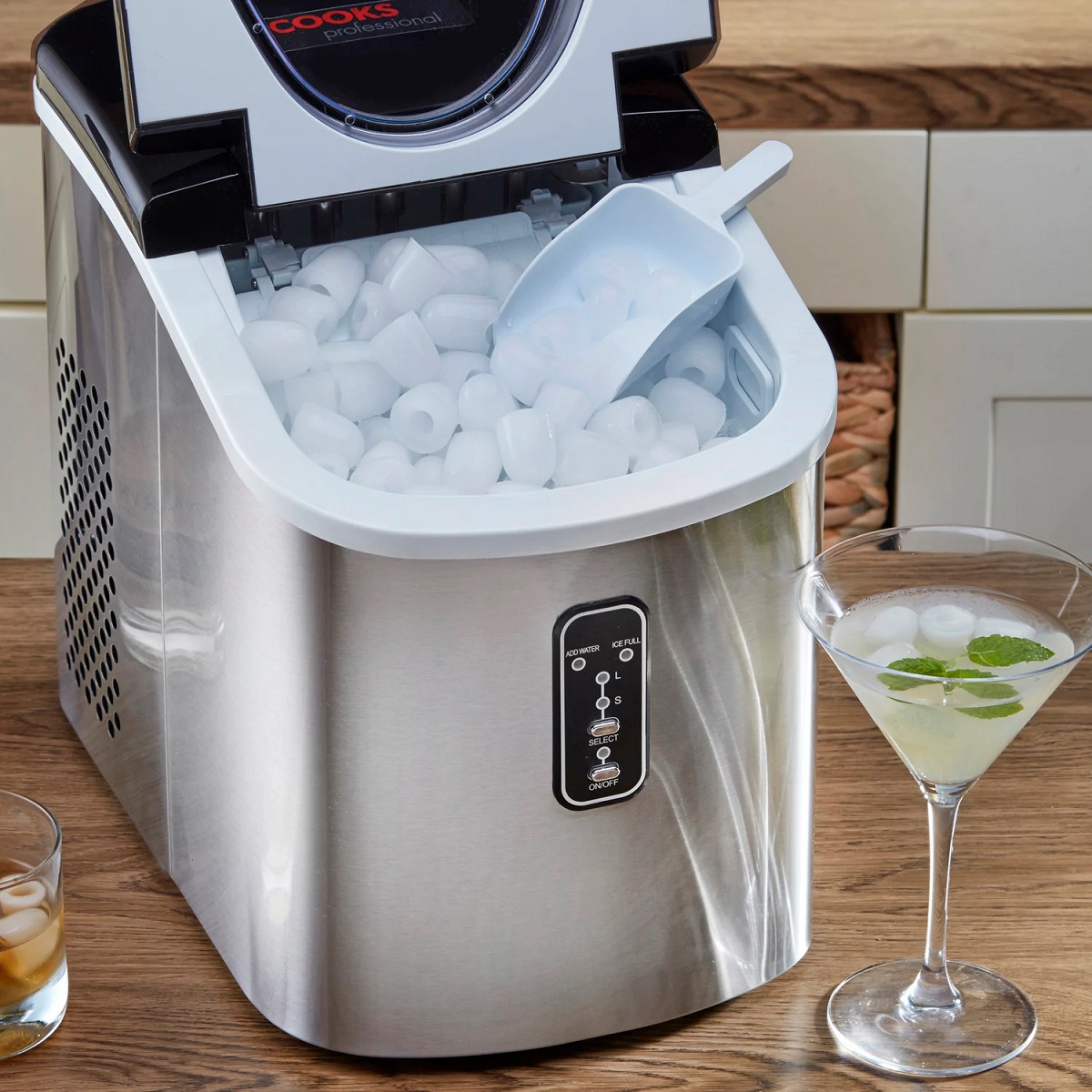
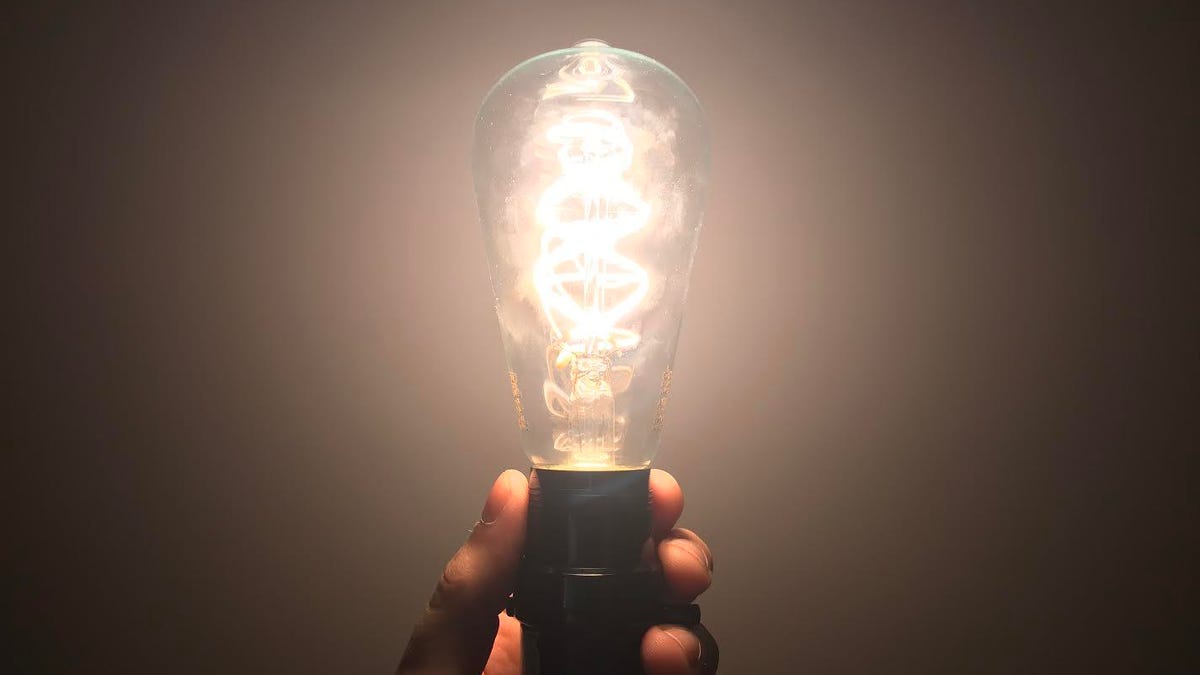
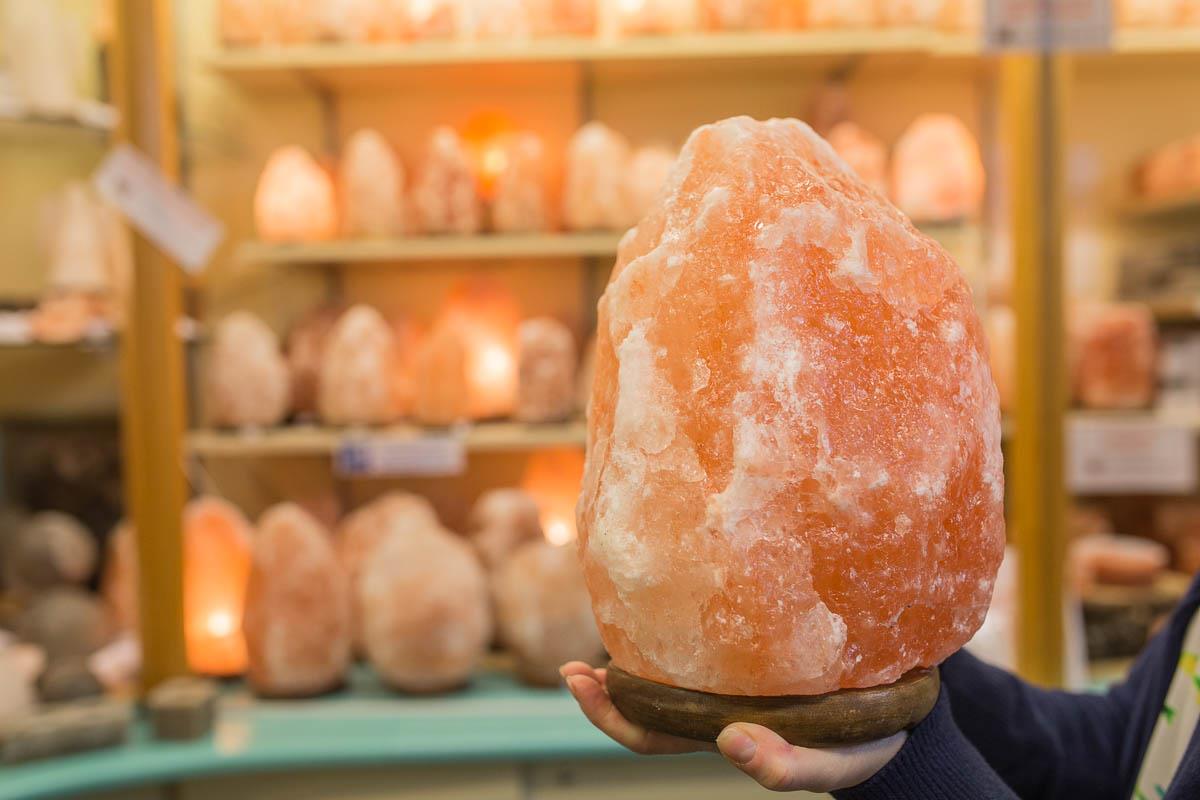
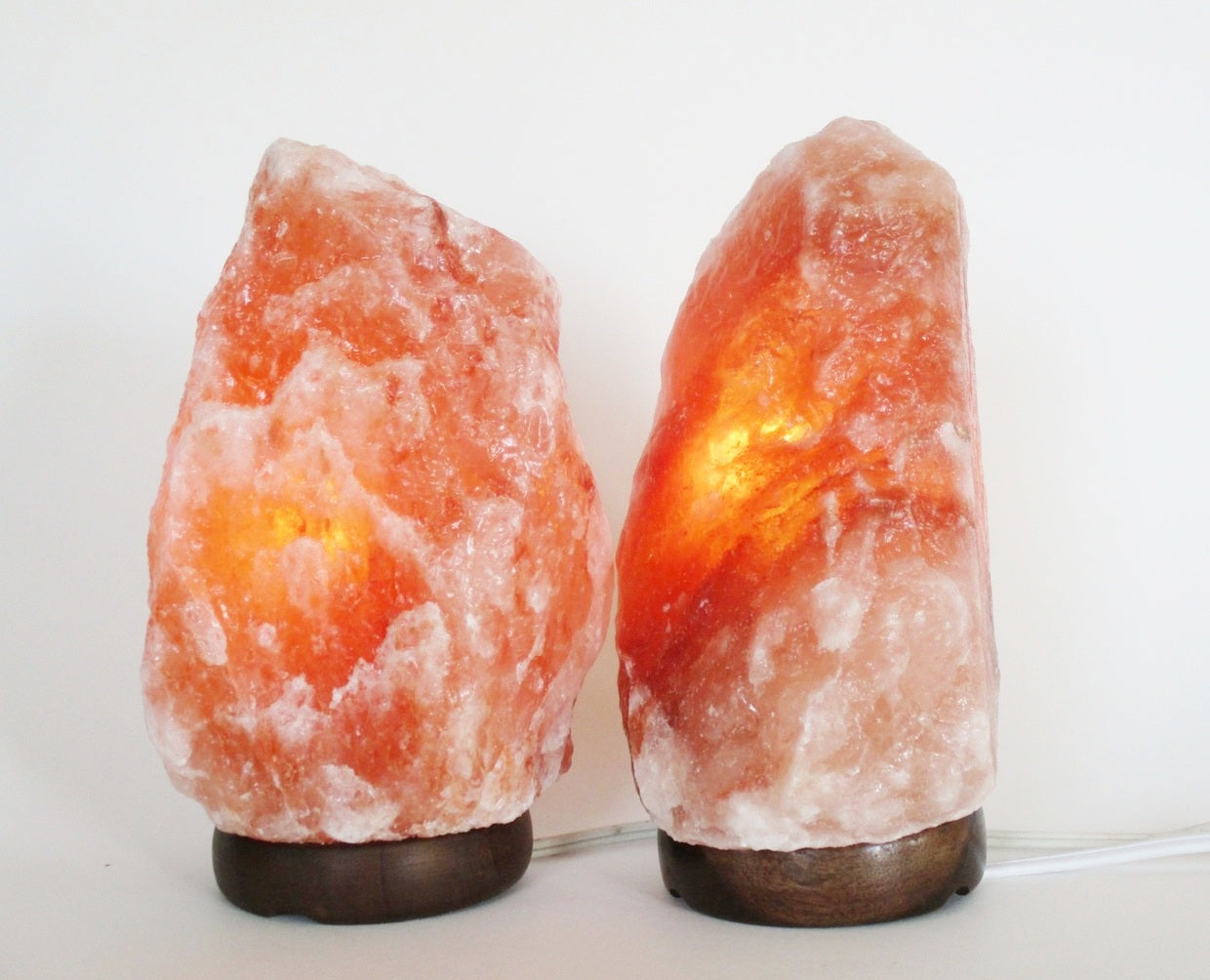
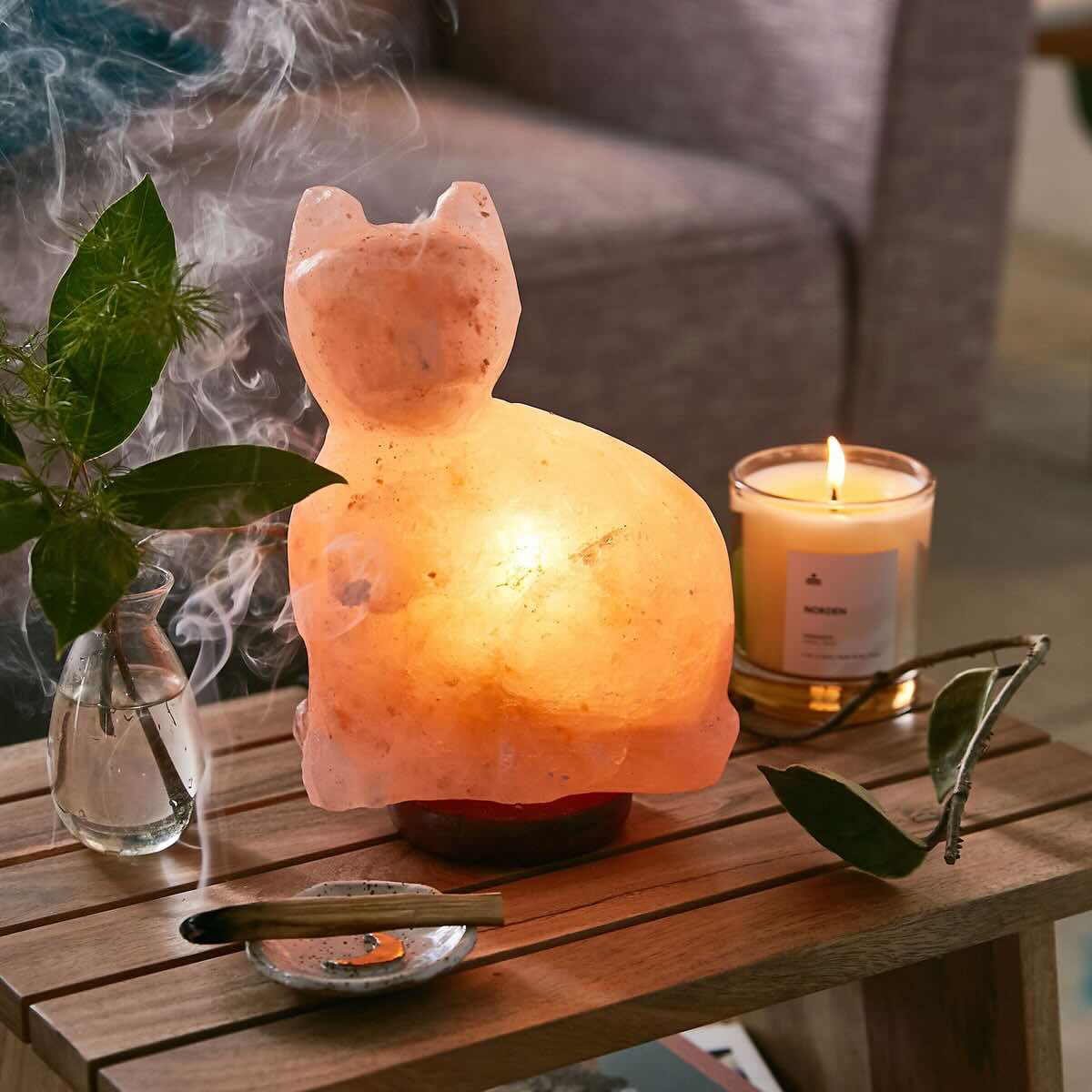
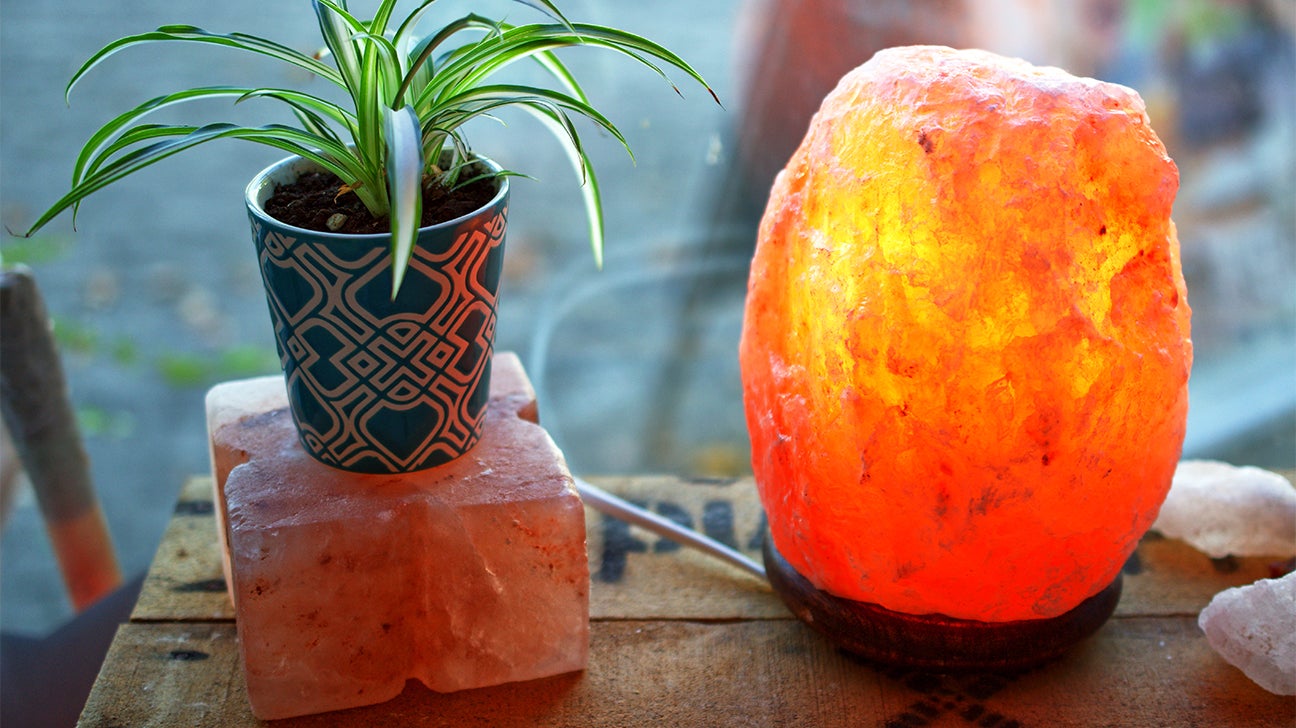
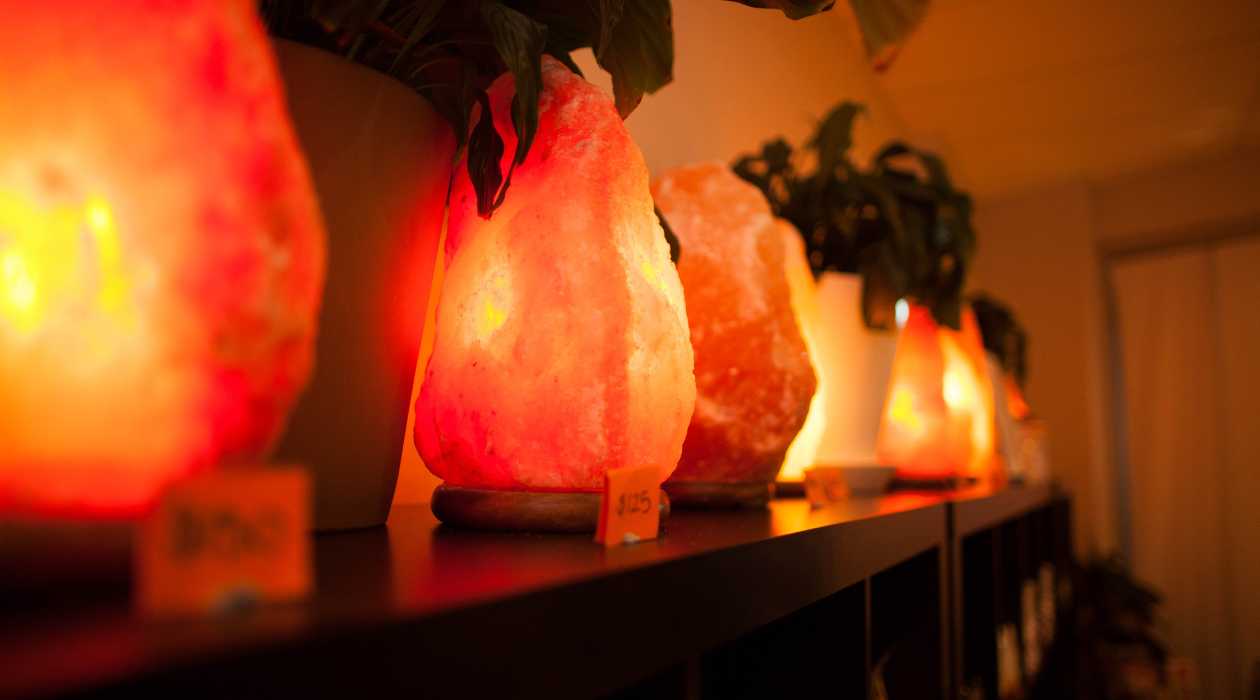
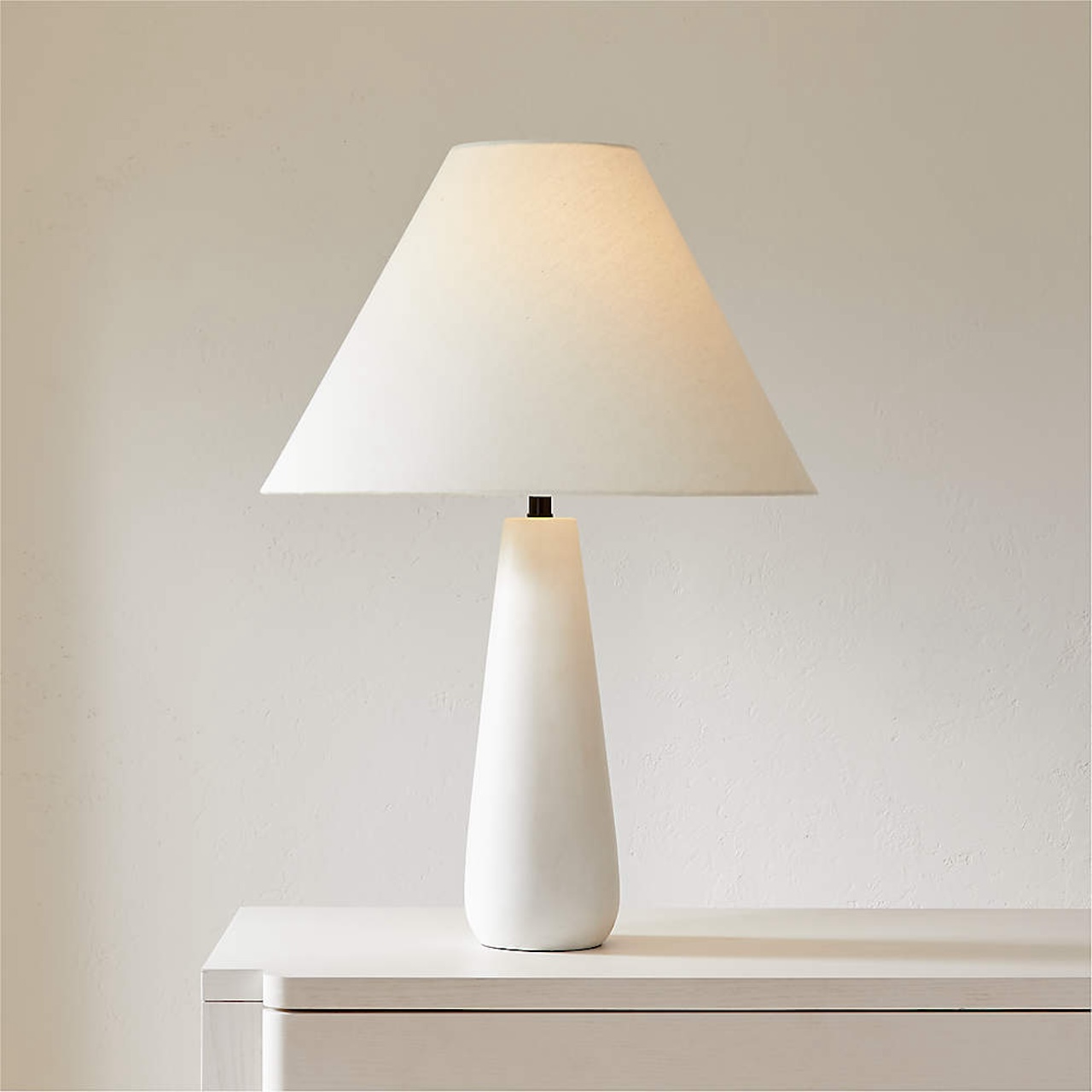
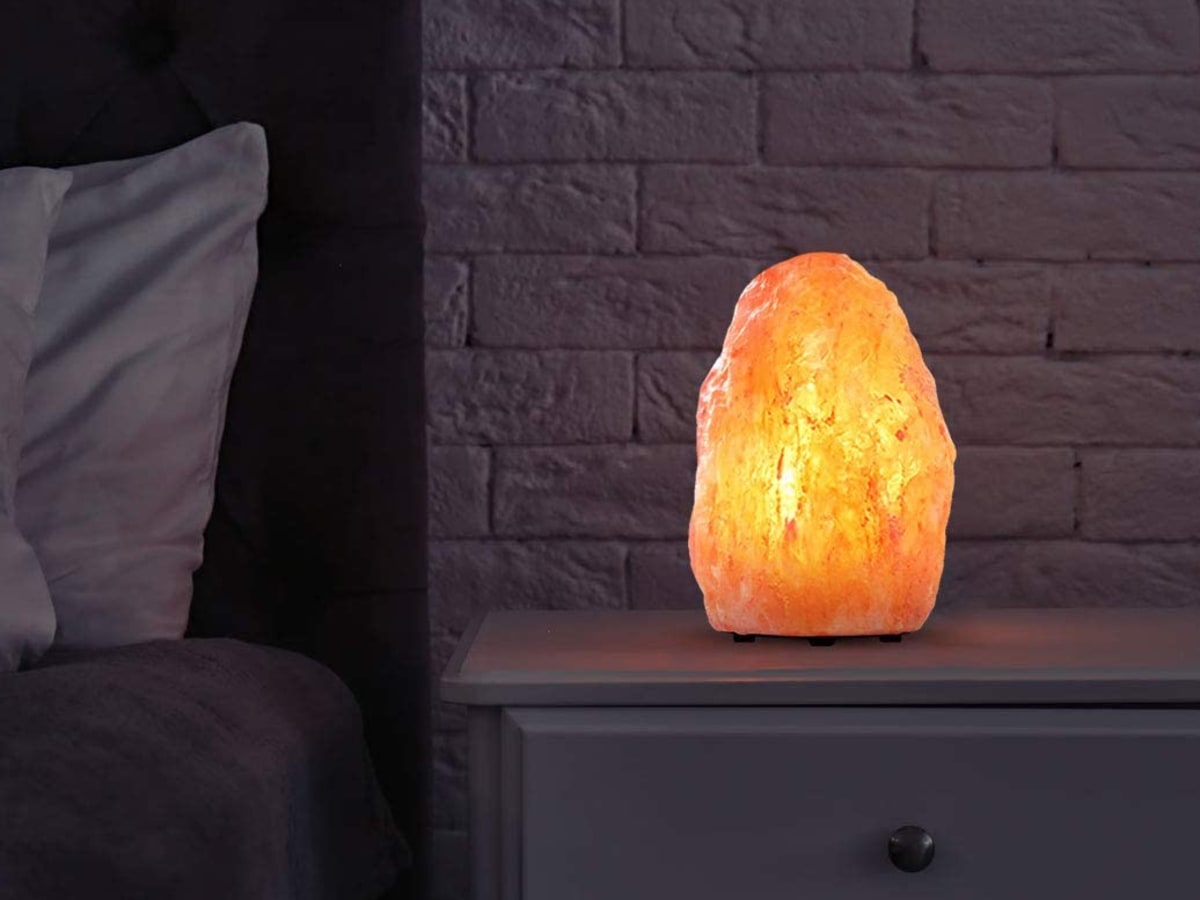

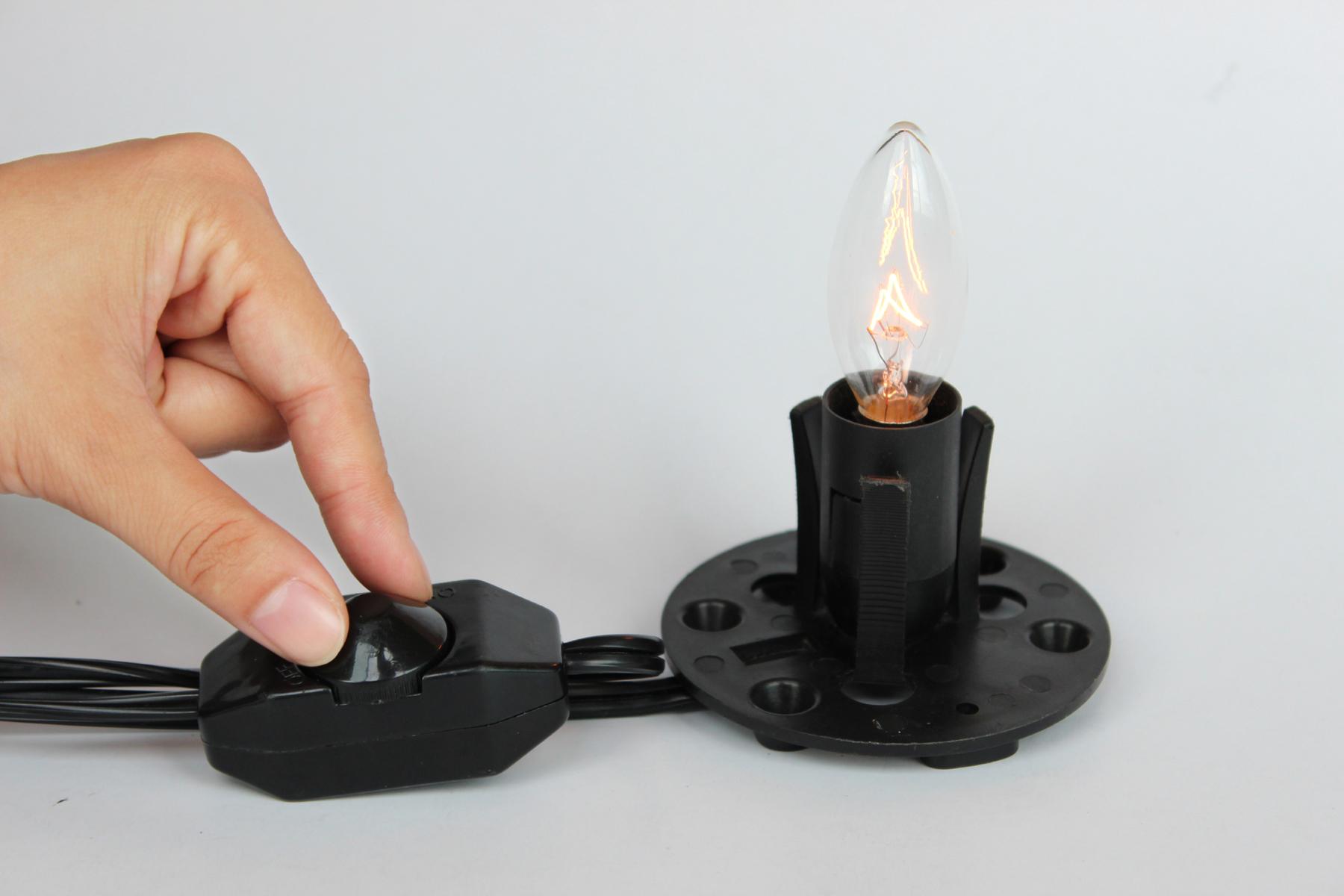
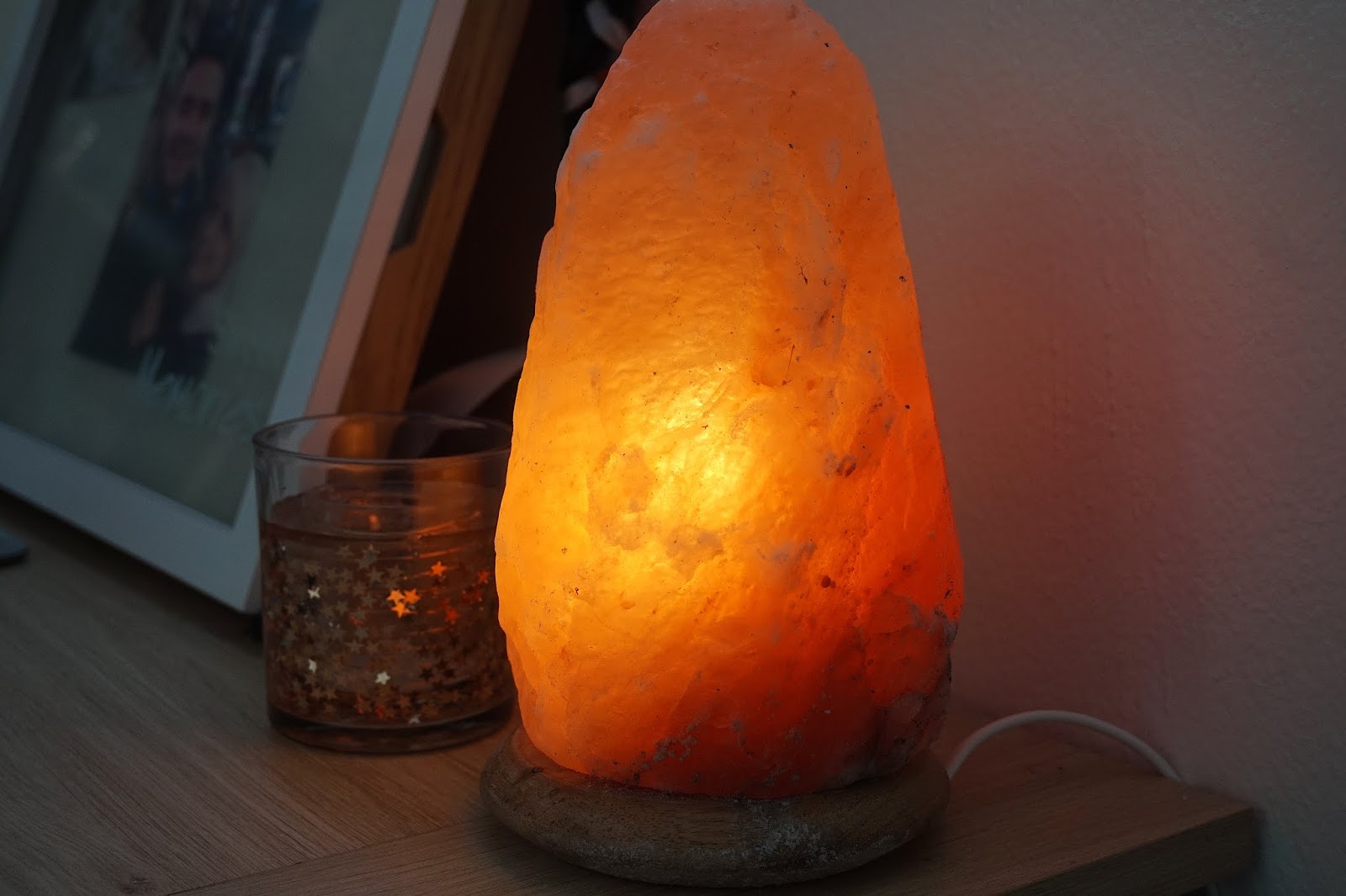
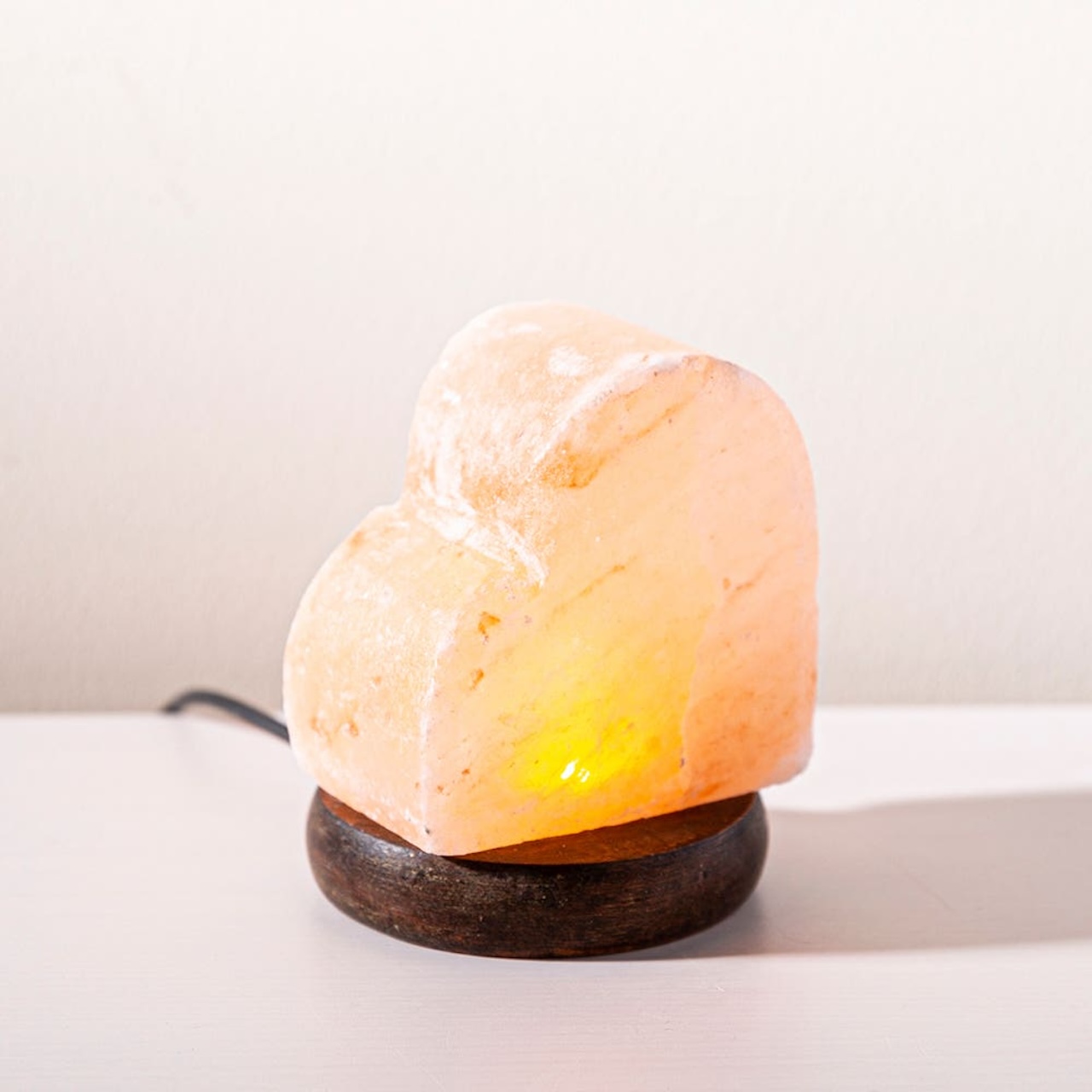

0 thoughts on “Why Is My Salt Lamp Melting?”